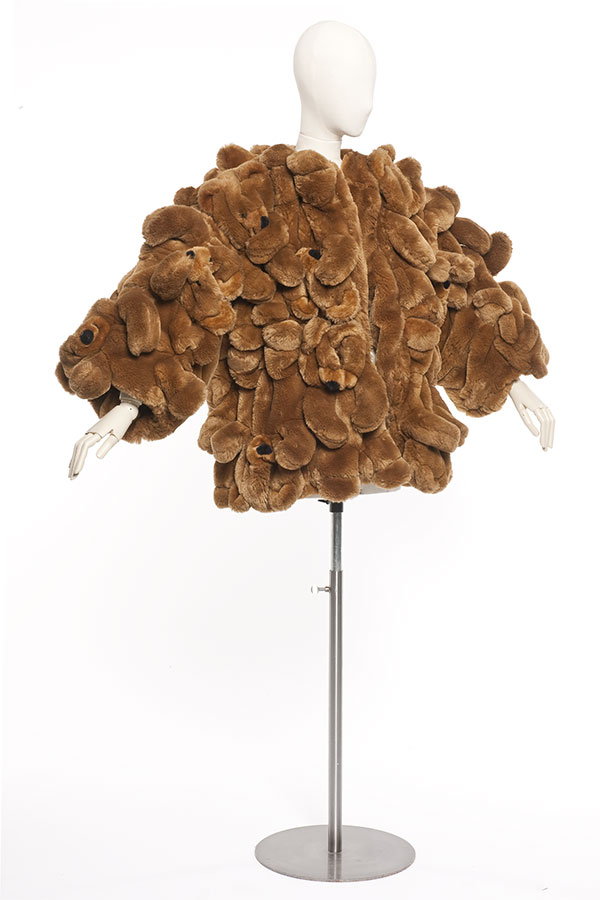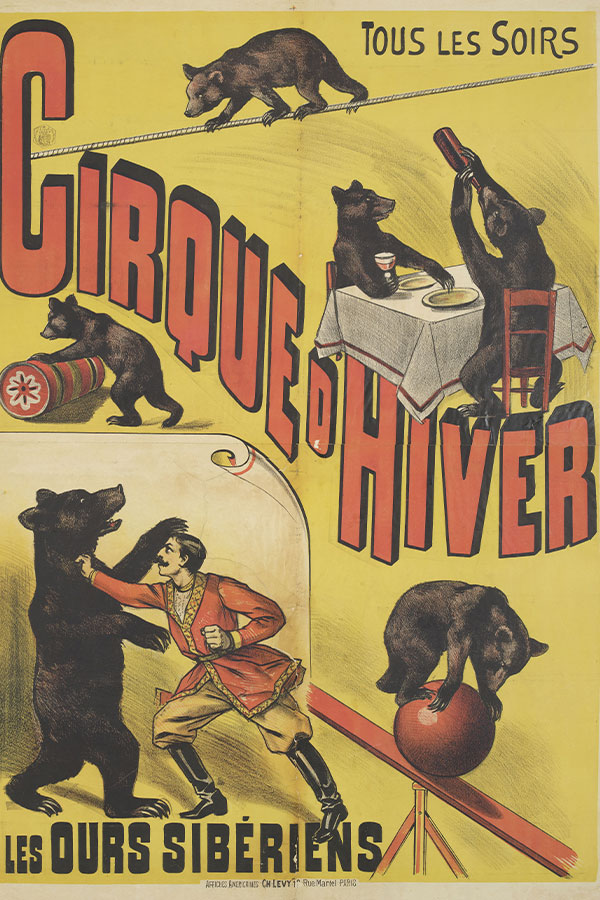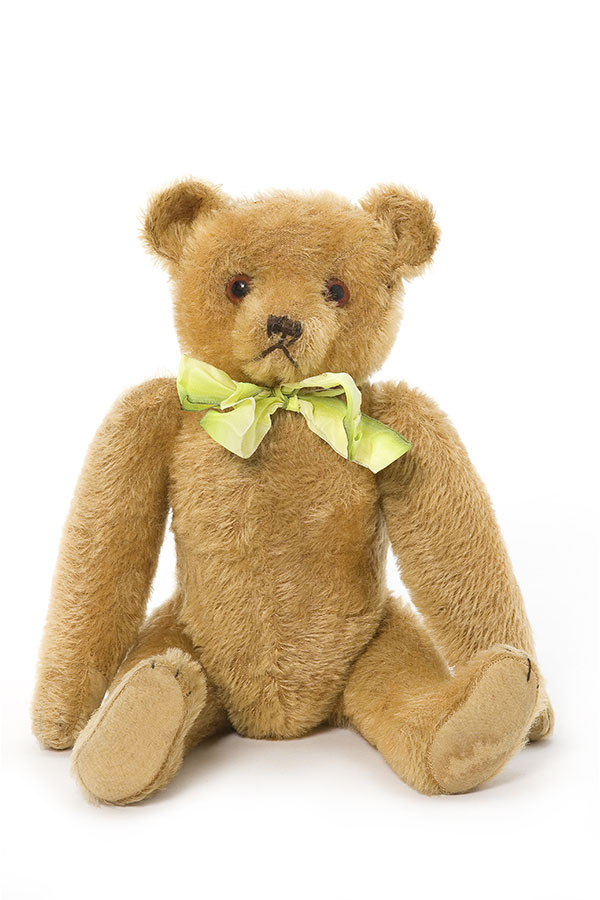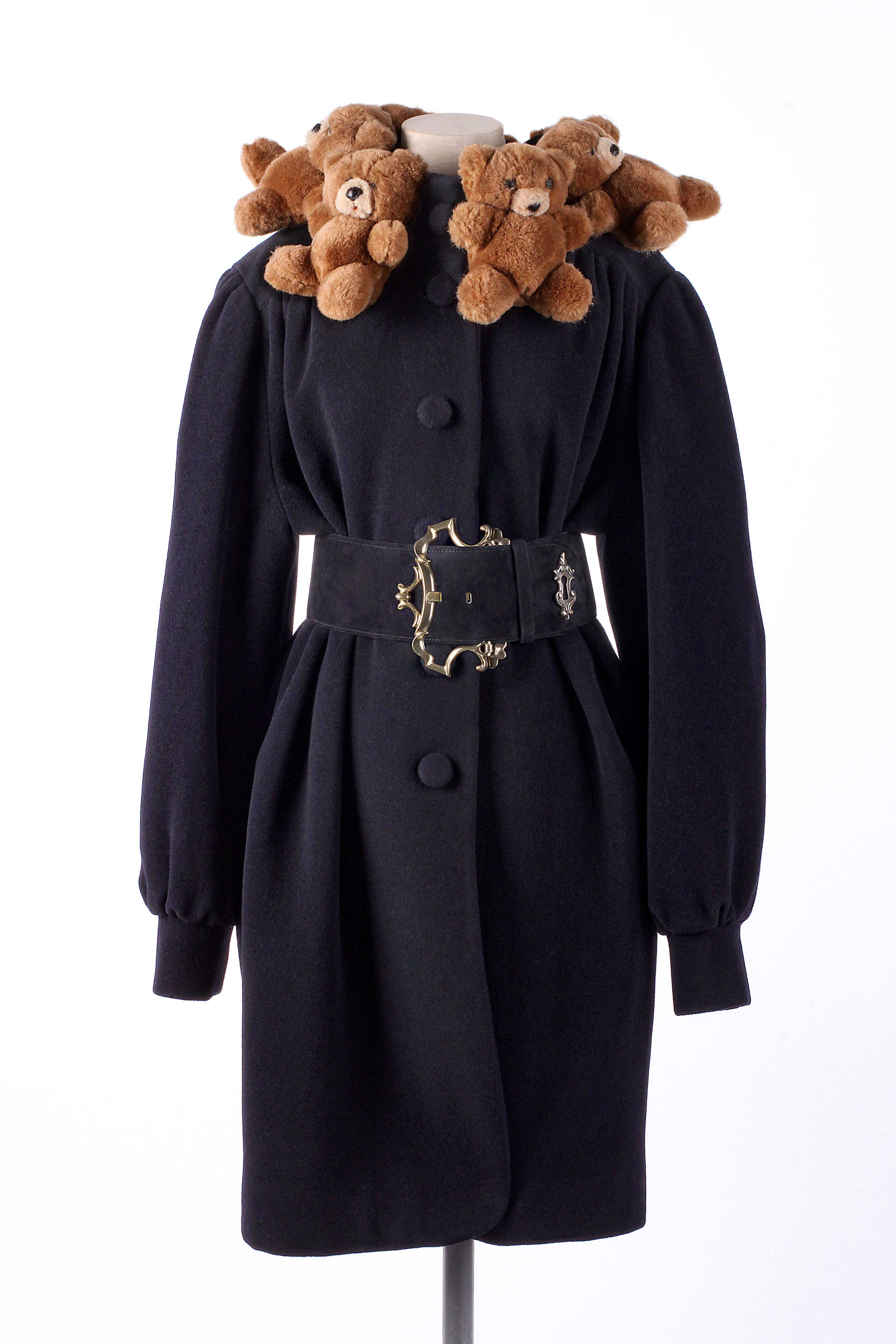How the Teddy Bear became our best friend: A Paris exhibit tells the tale



A Paris exhibition explores the teddy bear’s origins, its status as childhood’s most cherished companion, and its lasting emotional grip
We all have at least one in the house. Whether it’s in the bedroom, on the bed, in a closet, or stashed away in an attic trunk, adorned with a colourful bow around its neck, these toys come in various styles—fluffy, serious, or smiling. The teddy bear is the childhood companion everyone knows, a silent witness to our early joys and sorrows, always ready for a comforting embrace that transcends cultures. It’s hard to find a toy that is so universally cherished. This enduring icon is the focus of the exhibition “My Teddy Bear,” currently running at the Musée des Arts Décoratifs in Paris until June 22.
A Rock Star’s Fandom: How Fashion Designers Fell for the Teddy Bear
This exposition invites visitors to approach with an open mind and a childlike spirit, while revealing how toys mirror shifts in society.
“My Teddy Bear” at the Musée des Arts Décoratifs in Paris showcases 130 teddy bears along with posters and books detailing the evolution of our relationship with these cuddly companions. Among the exhibits are fashion pieces like the Teddy Bear Jacket, also known as Arche de Noé, designed by Jean-Charles de Castelbajac, which is made from a mosaic of stuffed animals stitched together.

Coat by Jean-Charles de Castelbajac-Nounours, 1988. Courtesy of the Musée des Arts Décoratifs/Jean Tholance
The teddy bear has transcended its role as a mere toy: designers from Dior to Issey Miyake, Paco Rabanne to Ralph Lauren have created bespoke outfits for it. Moschino has also embraced the teddy bear as one of its icons, even featuring it in a perfume.
A Brief History of the Animal’s Changing Perception: From Reverence to Tenderness
The Paris exhibition “My Teddy Bear” at the Musée des Arts Décoratifs reveals that the bear was among the first animals depicted by humans, as evidenced by the ancient Lascaux cave paintings.
In antiquity, bears were revered for their strength and resilience. However, during the Middle Ages, their image shifted to a more mocking portrayal; for instance, in literature such as Le Roman de Renart, bears were depicted as foolish and gluttonous creatures. This negative portrayal continued into the seventeenth century, with Jean de La Fontaine’s Fables further cementing the bear’s new image.

A colorful late 19th to early 20th-century lithograph by Charles Lévy for Tous les Soirs at Cirque d'Hiver. Courtesy of the Musée des Arts Décoratifs
Due to these depictions, as well as the fear bears evoked, their status declined, and the deer dethroned them as the king of the forest. Nevertheless, bears found a new way to reclaim their throne—not through strength or recklessness, but through tenderness.
What Is the Origin of the Teddy Bear? A Tale of Two Continents and One Plush Toy
The first modern stuffed bears found their way into the arms of children in 1902, nearly simultaneously in Europe and America. In the United States, the toy was christened the “Teddy Bear” in honour of President Theodore Roosevelt, who, during a hunting trip, refused to shoot a defenceless bear. This incident inspired Morris Michtom, a Brooklyn-based candy shop owner, to create a bear-shaped toy—the Teddy Bear.

Teddy bear, dating back to the 1930s-40s. Courtesy of the Musée des Arts Décoratifs
In Europe, the concept was brought to life by Margarete Steiff and her nephew Richard, who designed the first teddy bear with movable limbs, making it a bestseller that spread from Germany to the rest of the world. Today, the Steiff brand remains one of the most renowned producers of these soft, mohair plush toys.
How the Teddy Bear Became a Special Friend: From Winnie the Pooh to Paddington and Beyond
The collective imagination quickly embraced this cuddly representation of the bear, which regained its place in popular culture through beloved characters such as Winnie the Pooh, Paddington, and the Care Bears.
The teddy bear became every child’s trusted companion, offering comfort during difficult times.

Teddy bear coat by Moschino, AW 1988-89 collection. Courtesy of the Musée des Arts Décoratifs
Even as we grow older, we are often reluctant to part with this cherished friend. Time and again, the teddy bear watches us with its soft, knowing eyes from a shelf or quietly emerges from behind a drawer, its slightly worn paws bringing forth a nostalgic smile.
A Symbol of Comfort and Tenderness Across Time and Conflict
According to child psychiatrist Donald Woods Winnicott, the teddy bear serves as a ‘transitional’ object, acting as a bridge between a child’s external and personal reality and helping children navigate their relationship with the world around them. The soft muzzle of a teddy bear is forever linked to memories and the untouched wonder of childhood.
Interestingly, even soldiers in the trenches, seeking an escape from the harsh realities of war, crafted small bears from discarded materials and fragments of their uniforms. This comforting gesture likely transported them to a more peaceful and familiar time.
Thus, the teddy bear is not just a symbol of a lost paradise; it also represents a civilisation in yearning for tenderness. This idea is beautifully illustrated in the “My Teddy Bear” exhibition at the Musée des Arts Décoratifs in Paris.
Silvia Manzoni
Journalist, Paris



